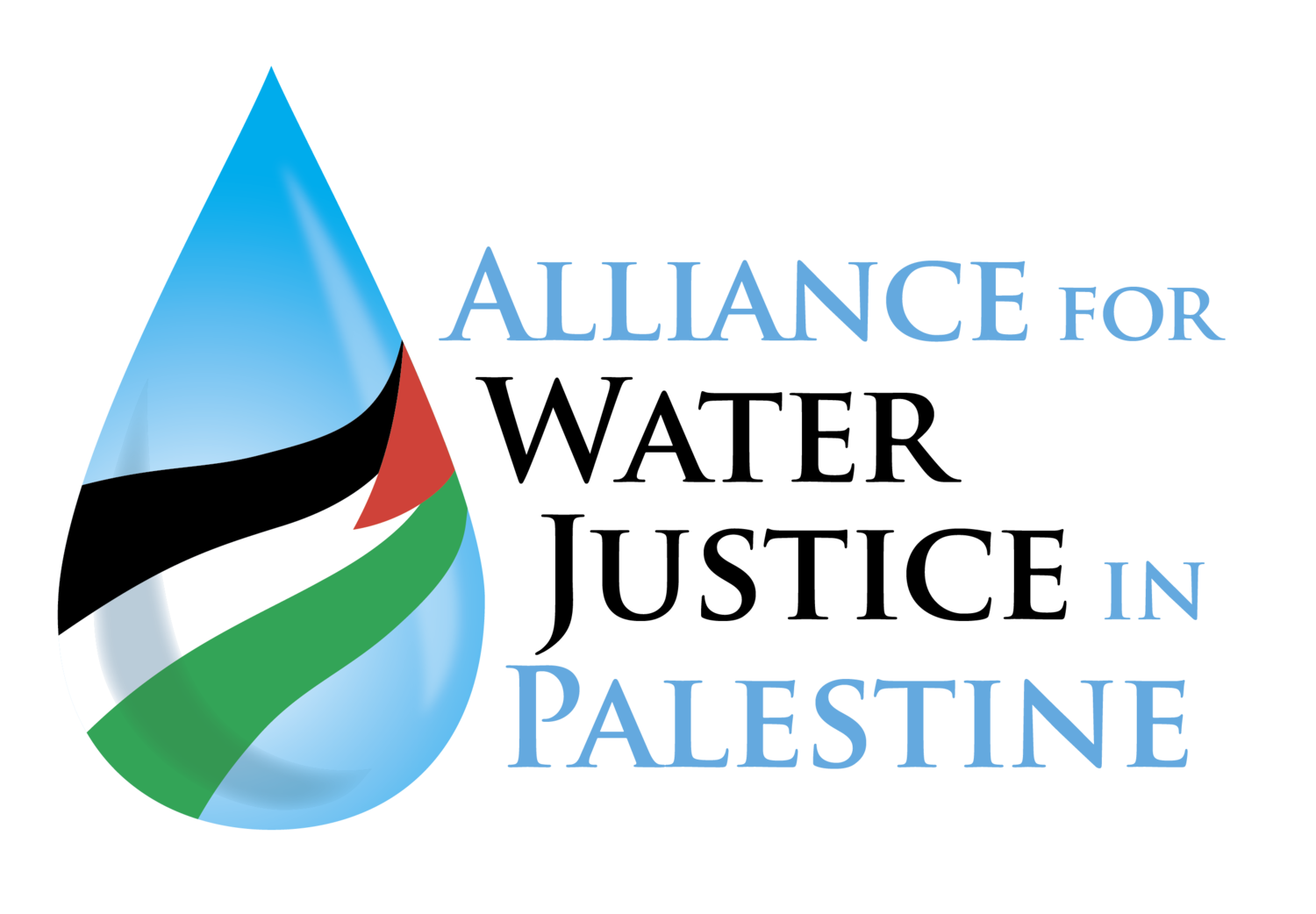Context: Zionism and Water
Traditional Judaism held that only God could redeem the Jews and bring them back to Zion. In the 19th century, Zionism took different forms, including cultural and religious Zionism, which did not embrace the notion that Jews needed a state of their own. By the end of the 19th century, after a serious of pograms in Eastern Europe, political Zionism had emerged stressing the need for a state to keep Jews safe, and Jews were encouraged to migrate to the Holy Land in order to escape antisemitism.
In 1897 in Basel, Switzerland, Theodor Herzl organized the first Zionist Conference, whose goal was to establish a national home in Palestine for Jews. For Zionism to succeed, it needed an imperial patron. It found one in Great Britain. On Nov. 2, 1917, UK Home Secretary Arthur Balfour wrote a letter to a prominent Zionist stating:
“His Majesty's Government view with favour the establishment in Palestine of a national home for the Jewish people and will use their best endeavours to facilitate the achievement of this object, it being clearly understood that nothing shall be done which may prejudice the civil and religious rights of existing non-Jewish communities in Palestine.”
In its early years, the Zionist Organization presented itself as part of European civilization that would create a European rampart against barbarism in a backward land. Control of water was seen as critical to its success.
This can be clearly seen in the map and the draft resolutions that the Zionist Organization presented to the post World War I Paris Peace Conference in February 1919 where it asked the High Contracting Parties to recognize “the historic title of the Jewish people to Palestine and the right of Jews to reconstitute in Palestine as their National Home.”
Chaim Weizmann, who later became the first President of Israel, told the Conference:
“Water must be derived from the slopes of Mt. Hermon in the Golan Heights, from the Litany River in Lebanon, and the Jordan River. The whole future of Palestine is depending on its water supply for irrigation, electrical power, and to ensure a European style of living for the immigrants that are expected to come… It is vital to conserve and control all the water resources at their sources.”
With water seen as essential to the “redemption” of the land, the Zionist Organization suggested boundaries encompassing territory stretching from the Mediterranean across the Litani River deep into present-day Lebanon, Syria, and Jordan. The Zionists especially coveted water-rich Mt. Hermon spanning Lebanon and Syria, which is “Palestine’s real ‘Father of Waters,’ and cannot be severed from it without striking at the very root of its economic life.”
The southern slopes of Mt. Hermon extend to the Golan Heights, which Israel seized from Syria in 1967 and later unilaterally annexed, enabling it to control the headwaters of the Jordan River.
By 2025 its war with Hezbollah left Israel, a country without defined borders, in control of even more of the water-rich land of southern Syria and southern Lebanon where it appears to be digging in to stay.
